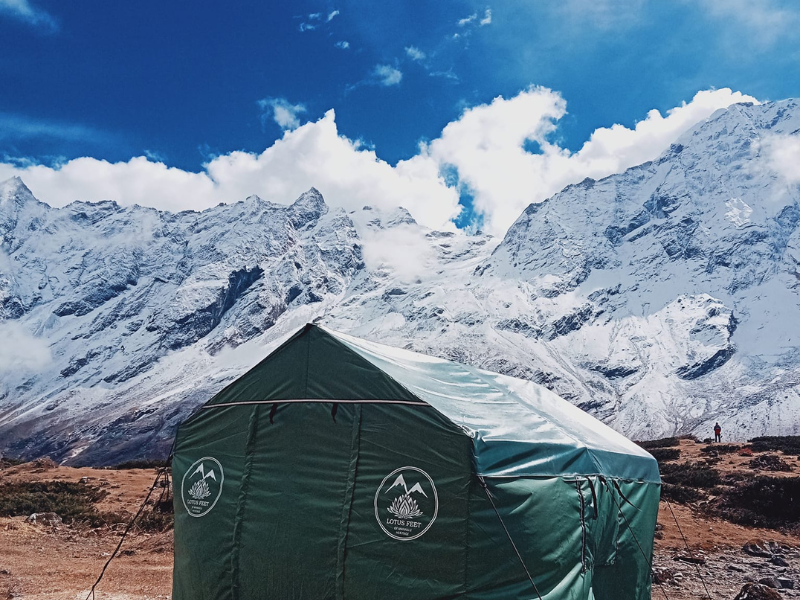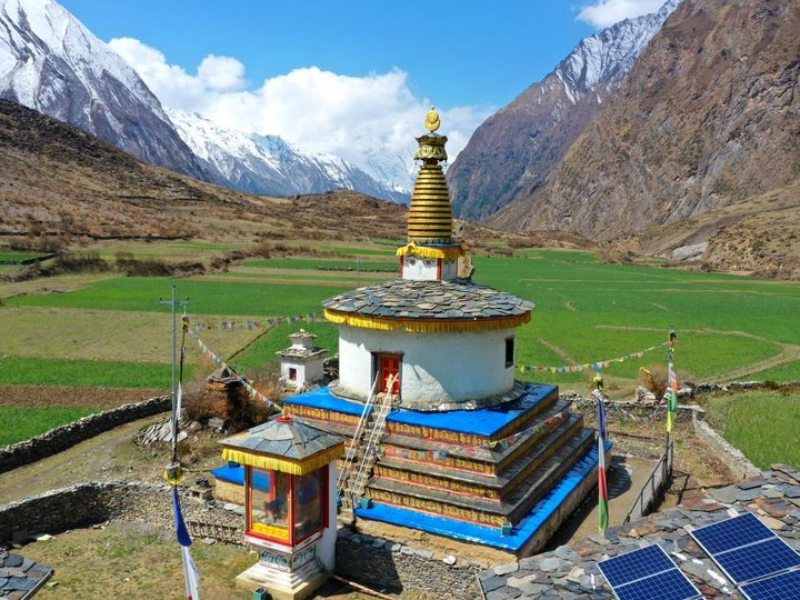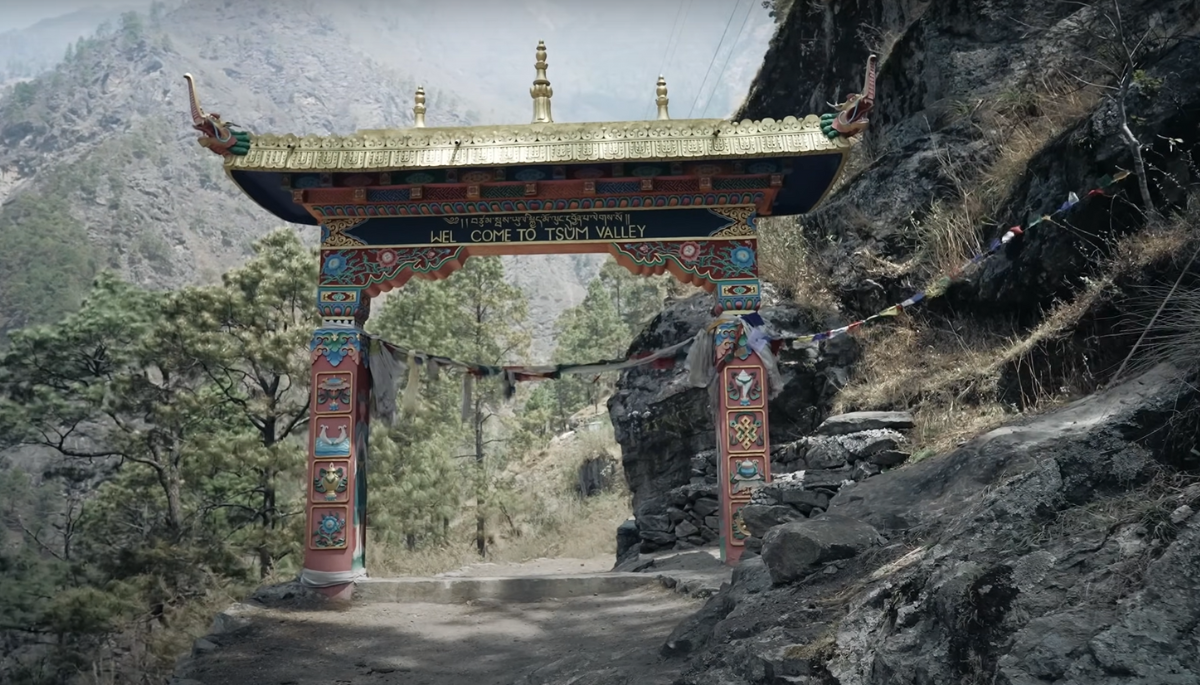Introduction
Gorkha district, one of Nepal’s least popular trekking districts, has a hidden gem: the Tsum Valley. This valley is one of the least populated regions in Nepal, with a population of less than 2000. This remote place lies on the lap of the Ganesh Himal range. Very few people dare to trek in this region due to the lack of proper facilities along the trek. But being remote, this place is naturally gifted with beautiful waterfalls, snow-capped peaks, and tall green hills.
In this article, let’s explore this amazing yet underrated trek in detail.
Permits and Regulations
This region is considered restricted, so acquire all the necessary permits before your trek. TIMS card (Trekkers’ Information Management System) and RAP (Restricted Area Permit) are necessary for trekking in this region. Trekkers are advised to acquire all necessary permits beforehand to avoid further complications during the trek.
Best Time to Trek
You can choose to trek in this region during the autumn and spring seasons. The weather is stable, and the views are mesmerizing at this time. Winter can be harsh, with snowfall hampering the trail. Also, avoid the monsoon as the trails get slippery and harder to navigate.
Trekking Route Overview

The Tsum Valley trek route is pretty raw and less crowded. People who seek solitude can embark on this beautiful trek, which takes 10-15 days. Although this trek is close to the Ganesh Himal range, it lies in the Manaslu trekking region. The trail is easily navigable with numerous direction signs.
Accommodation and Food
Along the Tsum Valley Trek, there are basic tea houses and lodges. Typical meals include momo, noodles, and dal bhat, a lentil soup served over rice. Many vegetarian options are available, but it’s best to stick to locally grown food to support local businesses and ensure freshness. You may also carry water purification medications to purify impure water.
Cultural and Natural Attractions

Tsum Valley is a hidden gem that provides hikers with a unique mix of natural beauty and rich history. It is located in the northern region of Nepal’s Gorkha province. Trekking through this peaceful valley, surrounded by the magnificent Ganesh Himal and Manaslu peaks, is a fantastic experience. Tsum Valley, rich in Tibetan Buddhist culture, has historic monasteries, antique areas, and breathtaking scenery. Tsum Valley provides a peaceful and remote experience, setting it apart from Nepal’s more popular trekking routes and making it an excellent option for those looking to discover less well-known locations.
Preparation and Packing Tips
A successful trip to Tsum Valley requires careful planning. Warm clothes, solid trekking footwear, a high-quality sleeping bag, and a reliable backpack are all essential pieces of gear. Because the temperatures vary, clothing is essential. Exercise regularly, breathing and strength-wise, before the trip because physical fitness is important. In addition, carrying trekking poles, a headlamp, and a first aid kit are recommended. Bring a power bank and extra batteries if your mobile device has insufficient electricity and coverage.
Safety and Health Considerations
As this trek is pretty strenuous, be sure to be well-prepared physically. Its maximum altitude is over 4000 meters, which can be an issue for some trekkers. Carry altitude sickness medications. It is advised to go on this trek with a group, as some parts get pretty remote.
Conclusion
Trekking in Tsum Valley is an adventure into a peaceful atmosphere, rich culture, and spiritual tranquillity. Adventuresome travelers can have a unique and fascinating experience on these off-the-beaten-path adventures. Ensure you are well-prepared, respect local customs, and enjoy every second of your life-changing adventure. Happy hiking.


0 Comment